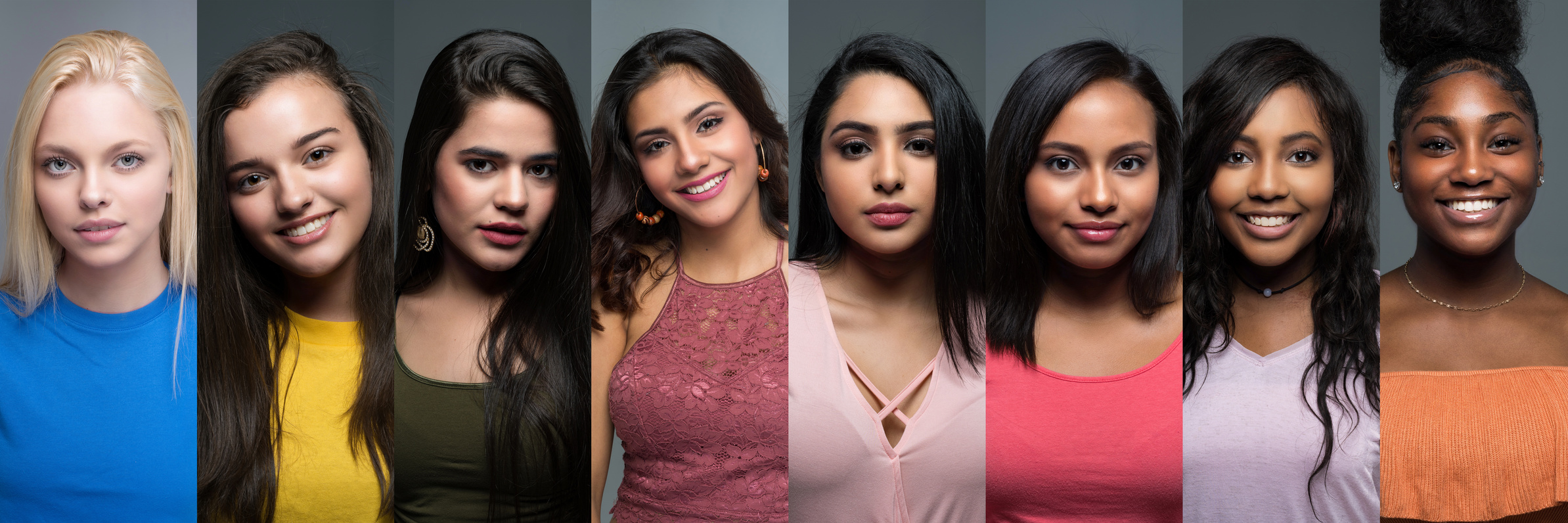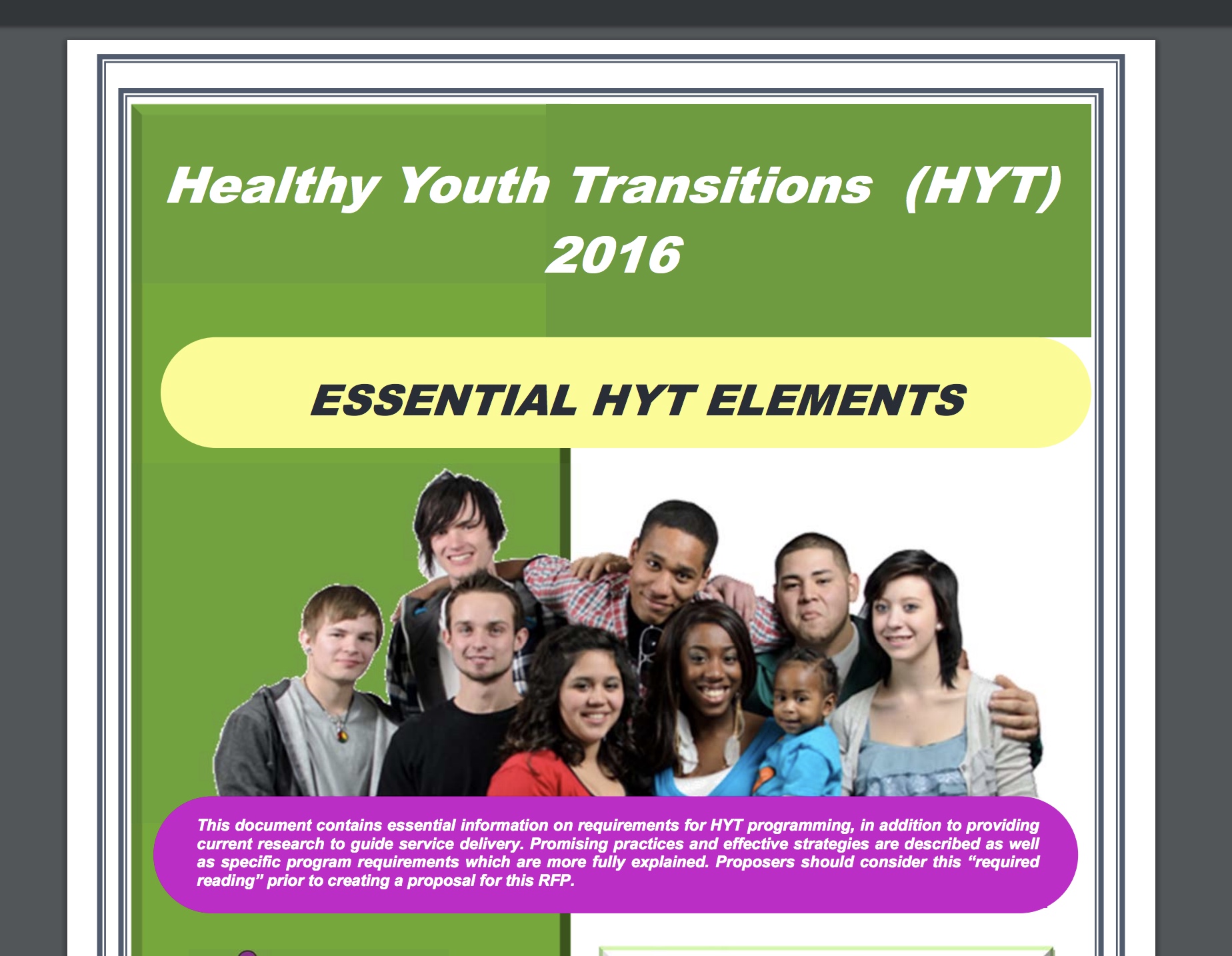Our Goal in Action
In this area, the community is focused on:
- Reducing youth risk factors associated with delinquency, teen pregnancy, and other risky behaviors.
- Actively working towards strengthening the continuum of care for children with special needs.
- Creating solutions for strengthening supports for youth aging out of foster care or living in Kinship care, youth involved with juvenile justice, and youth who are LGBTQ to successfully transition to adulthood.
- And working toward solutions that help reduce the recidivism rate of low-risk juvenile offenders and prevent the escalation of crime.
- Increasing protective/resiliency factors and reduce risk factors associated with delinquency, teen pregnancy, and other risky behaviors.
- Strengthening the continuum of care for children with special needs.
- Reducing youth risk factors associated with delinquency, teen pregnancy, and other risky behaviors.
- Actively working towards strengthening the continuum of care for children with special needs.
- Creating solutions for strengthening supports for youth aging out of foster care or living in Kinship care, youth involved with juvenile justice, and youth who are LGBTQ to successfully transition to adulthood.
- And working toward solutions that help reduce the recidivism rate of low-risk juvenile offenders and prevent the escalation of crime.
- Increasing protective/resiliency factors and reduce risk factors associated with delinquency, teen pregnancy, and other risky behaviors.
- Strengthening the continuum of care for children with special needs.
-

Reduce risk factors associated with delinquency, teen pregnancy, and other risky behaviors.
Indicators of Community Need:
- 3,528 HS students were identified by BCPS with the highest level of risk factors (e.g. behavioral, psych, social) in 2017/18 (special data request).
- In 2017, 53% of the 15,572 new BCPS HS graduates were accepted into college but only 63% of these youth are now attending college.
- Less than 4 out of 10 HS seniors completed their college Student Aid (FAFSA) application yet over 53% of them will transition to post-secondary education opportunities. This resulted in Broward students leaving over $10 million in federal Pell Grants on the table, the bulk of which were from students attending schools with the highest rates of FRL.
- A percentage of BCPS HS students who ever drank alcohol statistically significantly decreased since 2007 (71.4%) to 2017 (62.6%).
- 25% of Broward’s teen population age 16-19 seeking work were unemployed in 2017. A higher % of black teens seeking work are unemployed (32%) but down from the peak of 65% in 2011. Black male teens suffer the highest unemployment (44%).
-
Explore Our Committees



